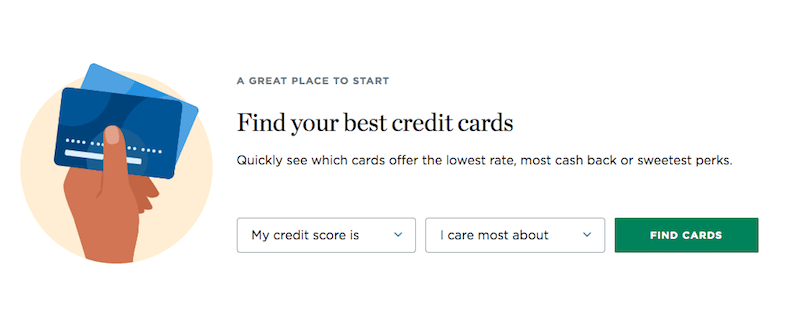Table of Contents
When you run an affiliate website, your power is in your reputation. However, even if you have high-quality content, visitors may not associate it with your brand unless you’ve considered your site’s aesthetic. Humans are visual creatures, and a plain black-text-against-white-background website isn't likely to make an impact.
Fortunately, you can build a strong online reputation through careful branding. It’s possible to create a unique look that visitors will come to associate with your website. Branding also enables you to better market your site, by demonstrating the added value you can offer to your affiliates.
In this article, we’ll explain the importance of branding, and run through five easy ways you can create a unique style for your website. Let’s get started!
Why You Should Brand Your Affiliate Site
If you want your affiliate program to be successful, you want to position yourself as a trusted source of information. That way, your visitors are more likely to return to your site for affiliate product recommendations, and to provide ad traffic.
There are a number of ways to promote trust, but branding is crucial. This is the process of building a recognizable image for your company, through means such as color and font choices. Strong branding is important because it helps a business become more memorable, and makes it appear professional and credible.
If you take a look at popular affiliate websites, you can see how they brand themselves carefully. For example, NerdWallet uses the same shade of green from its logo on its site's call to action (CTA) buttons:

Fortunately, using this technique on your own affiliate site is easier than you might expect.
5 Easy Ways to Use Branding Effectively on Your Affiliate Site
There are some simple steps you can take to brand your affiliate site, in a way that's both memorable and consistent. Let's look at the five most important tasks you'll want to complete.
1. Choose a Color Scheme
First, this is one of the most effective things you can do to brand your website. Colors offer a quick visual shorthand, and users may even begin to associate a particular hue with the business that uses it.
Some companies have even gone so far as to trademark a certain color, such as Coca-Cola's red:

Choosing an effective color scheme can have a profound impact on the way affiliates see your business. For that reason, it's a smart idea to use some color theory to inform your selections.
2. Pick Out Your Primary Fonts
Typography can be a little more subtle than color, but it’s also a key part of how people view your site. Using custom fonts can help in branding, and various font types can provoke very different emotions.
For example, serif fonts tend to come across as professional, while a cursive font may look more creative. Affiliate site PC Part Picker uses an easy-to-read sans serif typeface:

Considering your typography can have other benefits as well, such as improved readability. You can use sites like Google Fonts to expand your options, by adding the appropriate CSS code to your WordPress site.
3. Use a Distinctive Domain Name
You may not think of your site's domain name as a part of its branding, but in some ways it’s one of the most important aspects. If visitors can’t remember the name of your website, how will they find it online?
When choosing a domain name, look for something short, memorable, and easy to spell that describes your business’ purpose. For example, the domain NerdWallet.com makes it clear in a concise way that the site consists of financial experts. Plus, the slang “Nerd” suggests that it uses an informal tone, making the business feel more approachable.
4. Design a Strong Logo
Once you have a color scheme in place, you'll want to think about designing a logo. Your logo and color scheme should match in some way, typically by using one or more of your business' primary colors within the logo.
A strong logo can give your affiliate site a central focus, and encapsulate your message in a single image. For example, Wirecutter is an affiliate site with a focus on consumer appliances and electronics. Its logo matches the site's color palette, and the “W” resembles a wire:

Good logos are often quite simple, but don't underestimate their power. The more places you use your affiliate program's logo, the more recognizable your brand's imagery and colors will be.
5. Customize Your Links
One final step you can take is to use custom links. Link shortening is the process of replacing long, unwieldy links with more attractive and user-friendly options, by using redirects. This is especially important for social media, because it enables you to reduce the amount of visual space your links take up.
However, you can use Pretty Links to do more than just shorten your links – you can brand them as well. This makes it crystal-clear that a link came from your website, so your audience can start to associate your content with your affiliate program. Pretty Links also comes with advanced link tracking, so you can monitor your affiliate referrals.
Conclusion
Branding is a simple way to build your affiliate site’s reputation. If you choose a distinctive aesthetic, people will come to associate your content, site, and overall brand with one another. This can help to encourage repeat visits, and grow your affiliate program over time.
Five key steps you can take to brand your site include:
- Choosing a color scheme
- Picking out your primary fonts
- Using a distinctive domain name
- Designing a strong logo
- Customizing your links
Do you have any questions about how to brand your affiliate program? Let us know in the comments section below!
If you liked this post, be sure to follow us on Twitter, Facebook, and LinkedIn! And don't forget to subscribe in the box below.



Leave a Reply